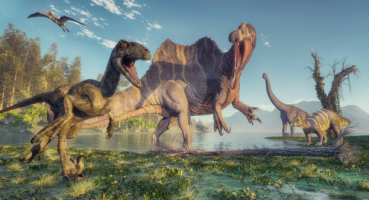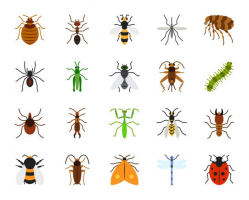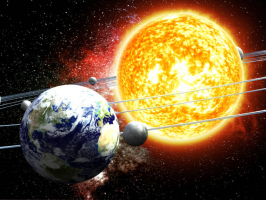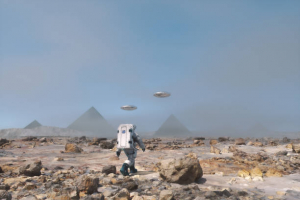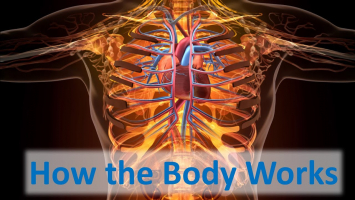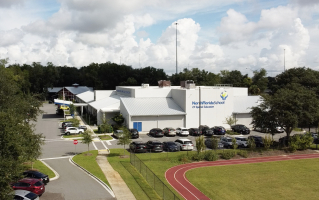Top 8 Questions About DNA Answered
DNA is a polymer made up of two polynucleotide chains that coil around each other to create a double helix. The polymer contains genetic instructions for all ... read more...known organisms and viruses' genesis, functioning, growth, and reproduction. A person's DNA is decided at conception and is made up of half the mother's DNA and half the father's. Because many components of DNA will match, DNA testing can assist identify if someone is a blood related - such as a mother, father, or brother. Aside from that, individuals are still quite interested in their DNA. Here are some frequently asked questions about DNA.
-
DNA is composed of molecular building components known as nucleotides. These building blocks are composed of three components: a phosphate group, a sugar group, and one of four different forms of nitrogen bases. Nucleotides are linked together in chains, with the phosphate and sugar groups alternating. Adenine (A), thymine (T), guanine (G), and cytosine are the four forms of nitrogen bases present in nucleotides (C).
What biological instructions are present in a strand of DNA are determined by the order, or sequencing, of these bases. For instance, the sequence ATCGTT may educate for blue eyes, but ATCGCT may instruct for brown eyes. A human's whole DNA instruction book, or genome, has around 3 billion bases and approximately 20,000 genes spread over 23 pairs of chromosomes.
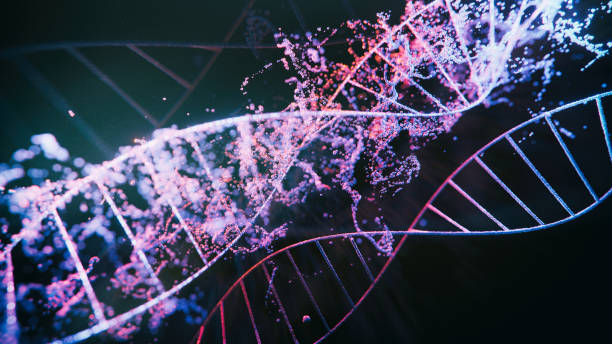
istockphoto 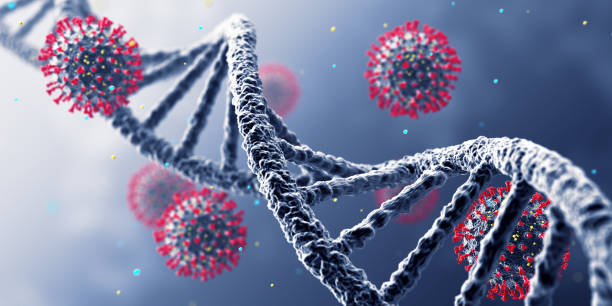
istockphoto -
DNA holds the instructions that a creature requires to develop, live, and reproduce. DNA sequences must be turned into signals that can be utilized to build proteins, which are the complex molecules that do the majority of the work in our bodies, in order to perform these activities.
A gene is any DNA sequence that carries instructions for making a protein. In humans, the size of a gene can range from roughly 1,000 bases to 1 million bases. Genes account for just roughly 1% of the DNA sequence. Outside of this 1%, DNA sequences have a role in determining when, how, and how much protein is produced.
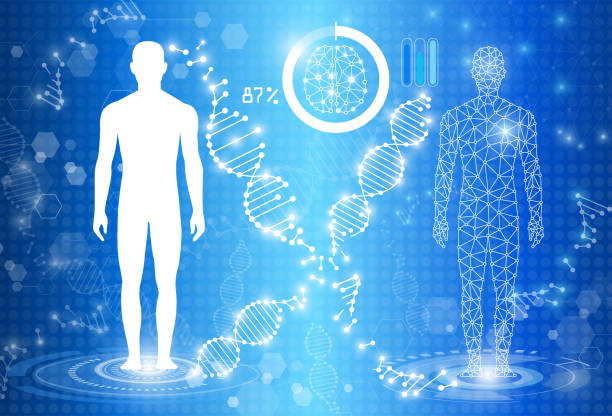
istockphoto 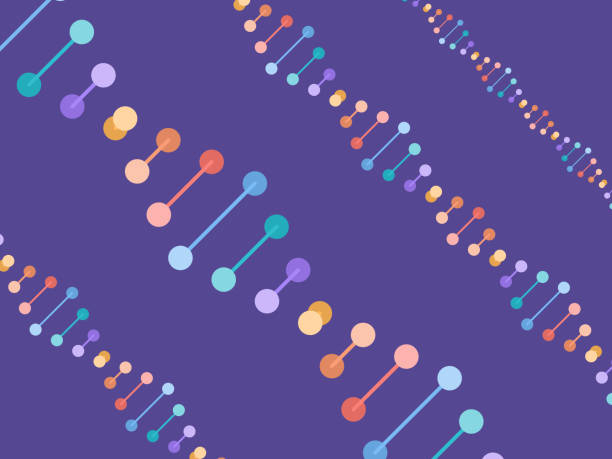
istockphoto -
Humans and other sophisticated creatures have a tiny quantity of DNA in cell structures known as mitochondria, in addition to the DNA found in the nucleus. Mitochondria produce the energy that cells require to function effectively. Organisms inherit half of their nuclear DNA from the male parent and half from the female parent during sexual reproduction. However, all mitochondrial DNA is inherited from the female parent. This is due to the fact that only egg cells, not sperm cells, retain their mitochondria throughout fertilization.
Humans and other sophisticated creatures have a tiny quantity of DNA in cell structures known as mitochondria, in addition to the DNA found in the nucleus. Mitochondria produce the energy that cells require to function effectively. Organisms inherit half of their nuclear DNA from the male parent and half from the female parent during sexual reproduction. However, all mitochondrial DNA is inherited from the female parent. This is due to the fact that only egg cells, not sperm cells, retain their mitochondria throughout fertilization.
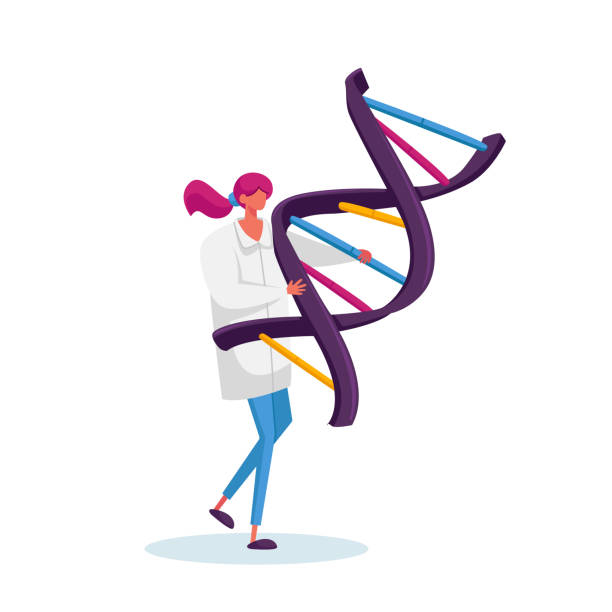
istockphoto 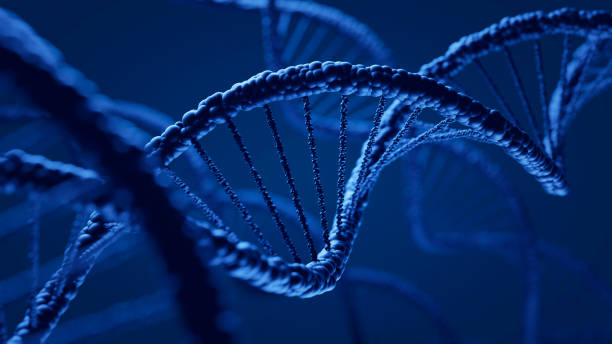
istockphoto -
In the late 1800s, Swiss biologist Frederich Miescher discovered DNA. But it took nearly a century for scientists to figure out the structure of the DNA molecule and grasp its significance in life. Scientists questioned which molecule held life's biological blueprints for many years. Most people assumed DNA was too basic a molecule to serve such an important function. Instead, they contended that proteins were more likely to perform this critical job due to their greater complexity and larger range of forms.
The significance of DNA was recognized in 1953 as a result of the efforts of James Watson*, Francis Crick, Maurice Wilkins, and Rosalind Franklin. The scientists discovered the double helix structure of DNA by researching X-ray diffraction patterns and developing models. This shape allows DNA to convey biological information from generation to generation.
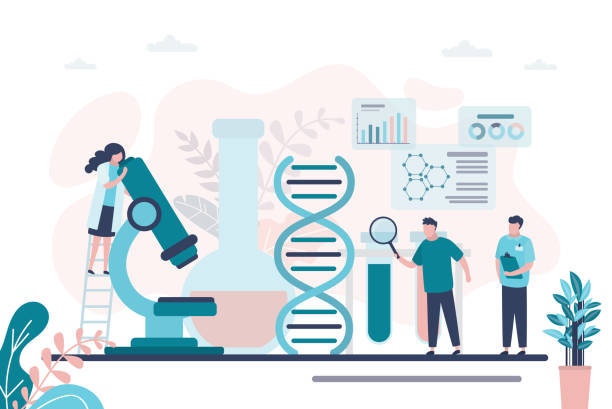
istockphoto 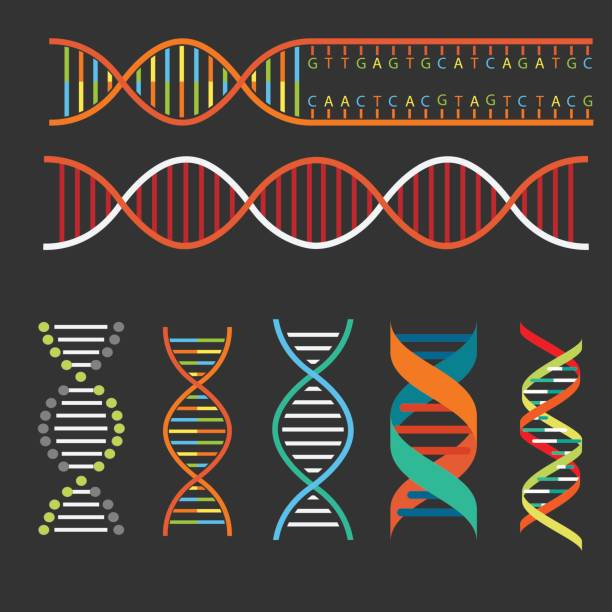
istockphoto -
The twisting, two-stranded molecular structure of DNA is referred to as a "double helix" by scientists. This form, which resembles a twisted ladder, offers DNA the ability to transfer biological instructions with amazing accuracy. To grasp DNA's double helix chemically, imagine the sides of the ladder as strands of alternate sugar and phosphate groups running in opposing directions. Each "rung" of the ladder is composed of two nitrogen bases linked by hydrogen bonds. Because of the very particular character of this sort of chemical pairing, base A always couples with base T, and vice versa for base C and base G. So, if you know the sequence of bases on one strand of a DNA double helix, figuring out the sequence of bases on the other strand is a piece of cake.
The unique structure of DNA allows the molecule to replicate itself during cell division. When a cell divides, the DNA helix separates along the center into two single strands. These single strands act as templates for the construction of two new double-stranded DNA molecules, each of which is a duplicate of the original DNA molecule. In this procedure, an A base is inserted wherever there is a T, a C base where there is a G, and so on until all bases have partners again.Furthermore, as proteins are synthesized, the double helix unwinds, allowing a single strand of DNA to function as a template. This template strand is subsequently translated into mRNA, a molecule that transmits important instructions to the cell's protein-making machinery.
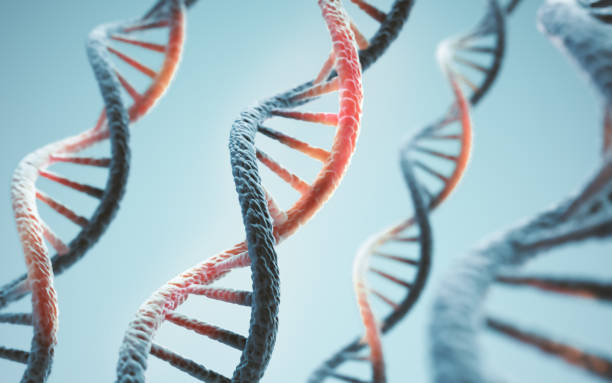
istockphoto 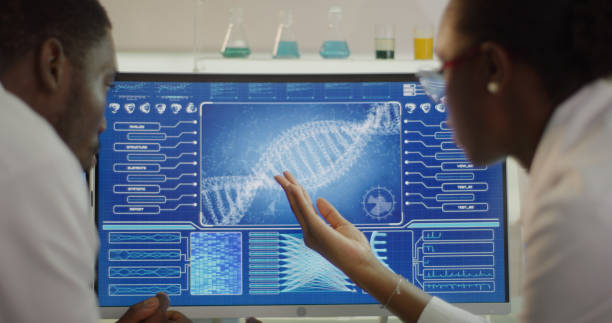
istockphoto -
In a two-step process, DNA instructions are employed to build proteins. First, enzymes read the information in a DNA molecule and transcribe it into a molecule known as messenger ribonucleic acid, or mRNA.
The information in the mRNA molecule is then translated into the "language" of amino acids, the building blocks of proteins. This language instructs the cell's protein-making machinery on the precise order in which amino acids should be linked to generate a certain protein. This is a difficult undertaking since there are 20 distinct types of amino acids that may be combined in a number of ways to make a vast range of proteins.
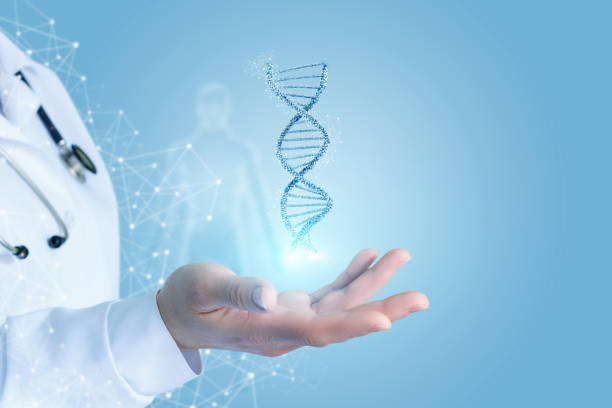
istockphoto 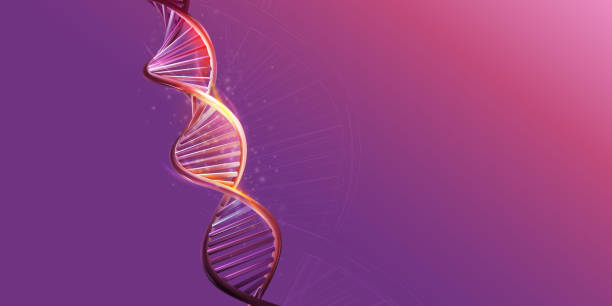
istockphoto -
There are medically accessible genetic recombinant viruses that can splice new genes into DNA. This treatment has had minimal effectiveness in treating blind persons. There are some therapies for cancer involving taking white blood cells out of the body, adding a grabber arm gene that then expresses itself, injecting them back in, letting them have babies, update rest of immune system and then kill the cancer. It is highly precise, only works on certain malignancies, and is quite pricey.
To cut a long tale short, the technology known as sharper is now available. Evolutionary genetic mutation is on the road. People will someday figure out how to reset genetic material back to a newborn condition, at which point humans will no longer die of old age. The difficulty is to accomplish it for every single cell in the body, because the body simply does not enjoy being struck with viruses that splice DNA.
What you consume can influence your children's epigenetics; consider the Irish potato famine and its consequences. The Irish have struggled with obesity for two generations. However, you cannot edit your own DNA without extensive clinical procedures, virus injections, and arduous study. Today, most gene editing is done using a technology called Clustered Regularly Interspaced Short Palindromic Repeats (CRISPR), which was adapted from a bacterial mechanism that can cut away particular portions of DNA. CRISPR is being used to create genetically modified organism crops.

istockphoto 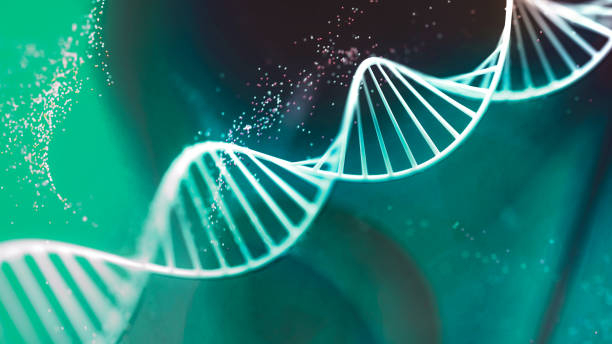
istockphoto -
Technology based on recombinant DNA. Recombinant DNA technology is a vital research tool in biology. It enables scientists to modify DNA fragments in the lab in order to examine them. It entails inserting a fragment of DNA into a bacterial or yeast cell using a variety of laboratory techniques. Once inside, the bacteria or yeast will replicate the DNA alongside its own. Important proteins required in the therapy of human ailments, such as insulin and growth hormone, have been effectively produced using recombinant DNA technology.
Cloning and DNA sequencing are two more methods that are heavily used in recombinant DNA technology. Cloning is done to generate a clone of a particular gene or DNA sequence of interest. Following cloning, the next step is to locate and isolate that clone among the library's other members (a large collection of clones). The nucleotide sequence of a cloned section of DNA may be determined. The sequencing of a DNA segment has several applications.
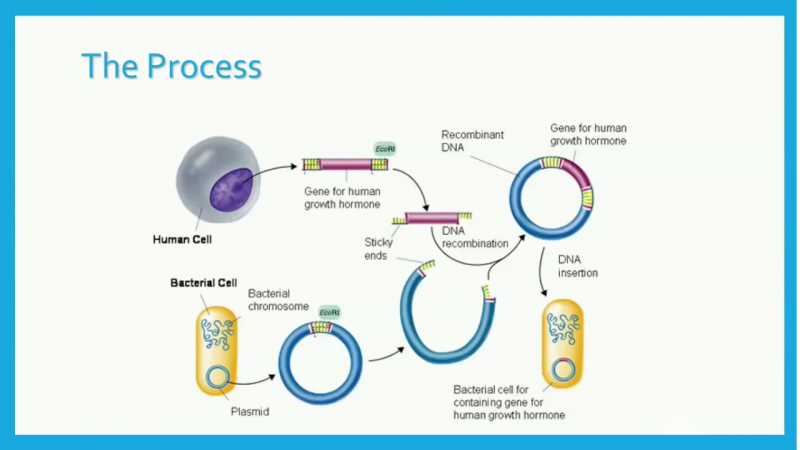
pinterest 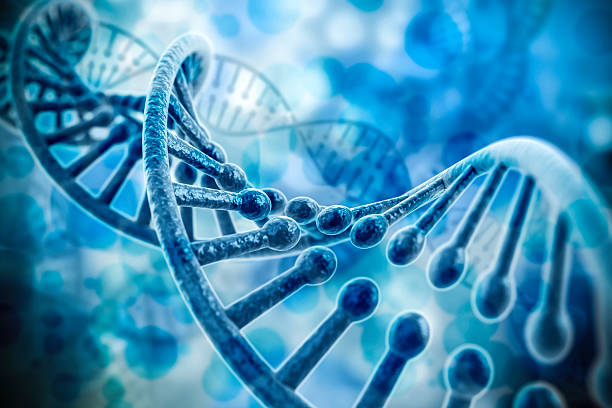
istockphoto











